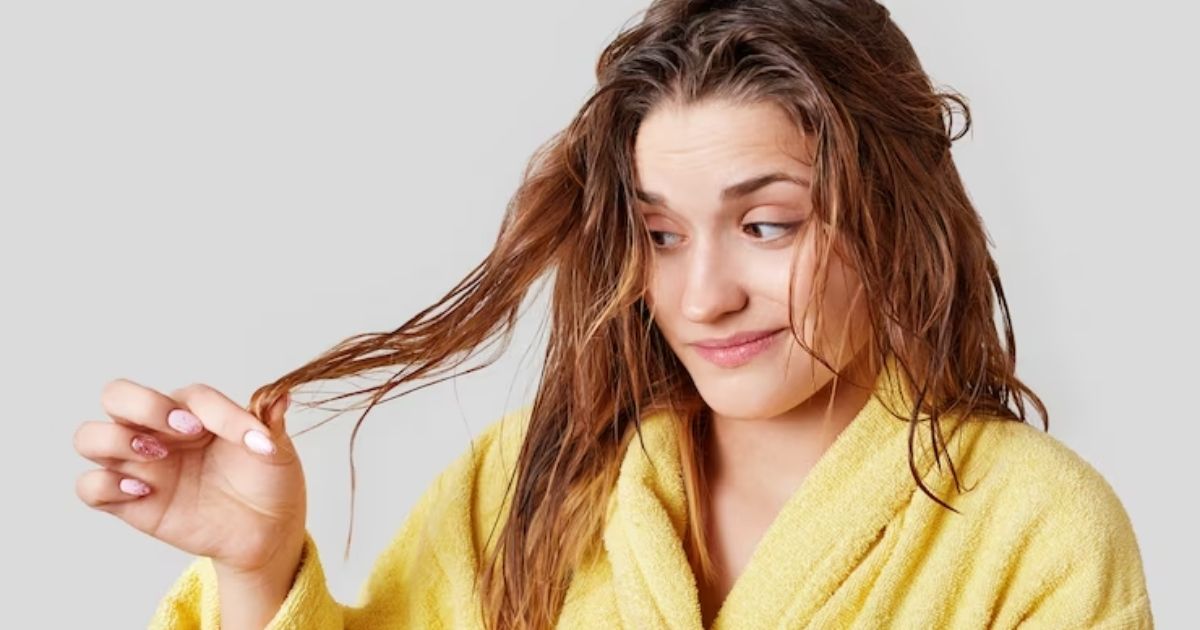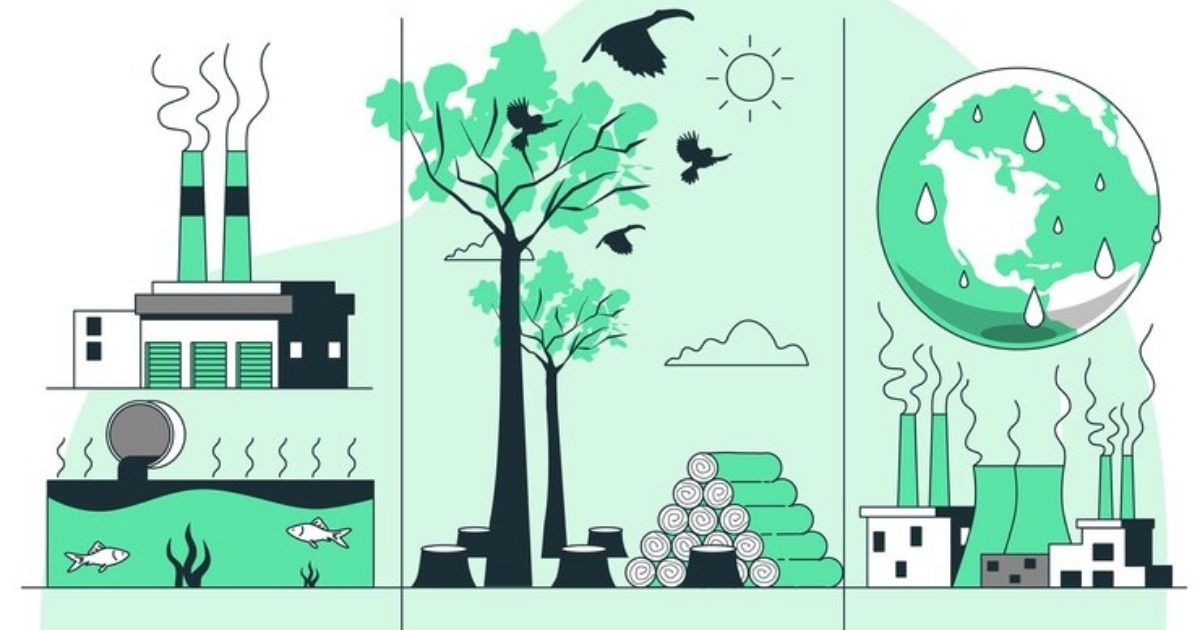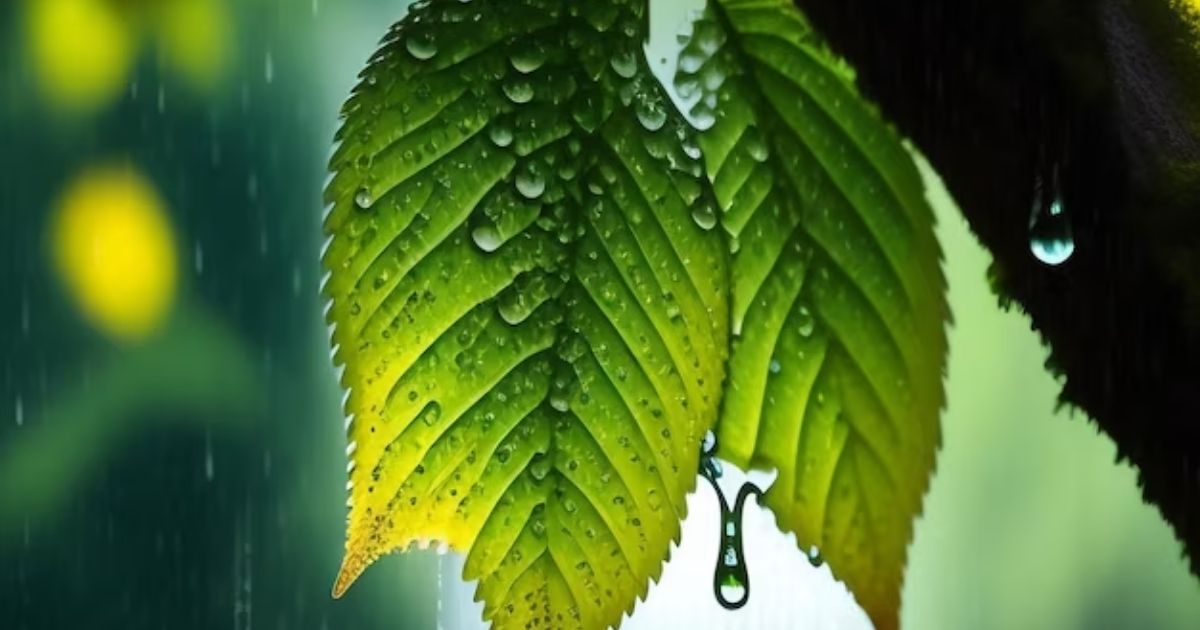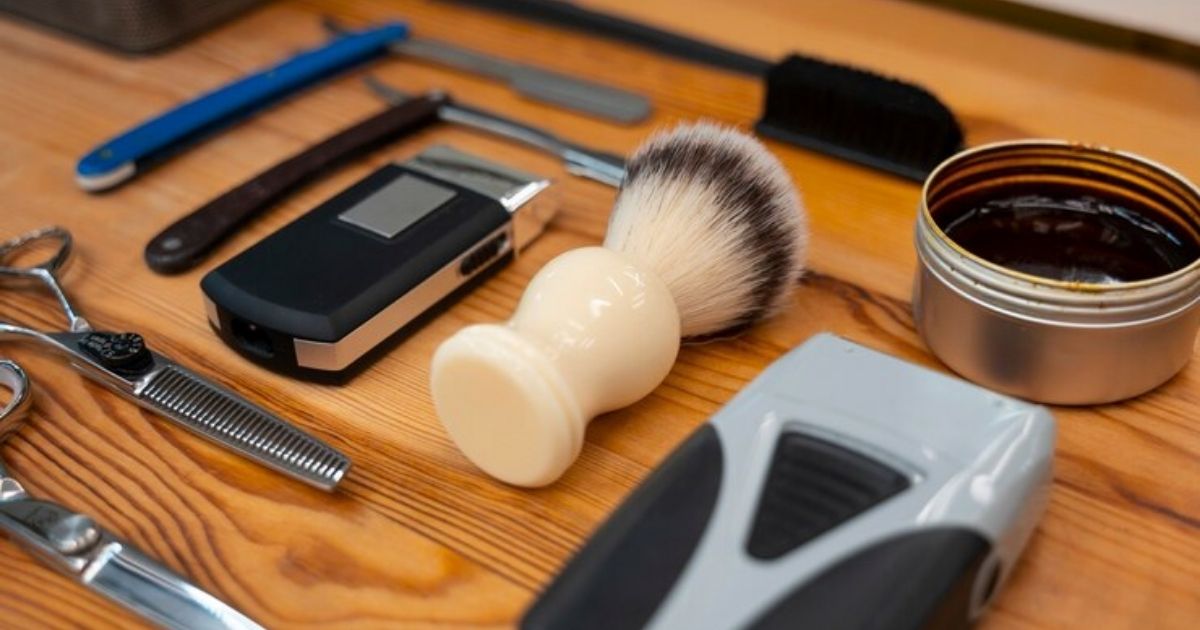Have you ever found yourself wondering why your hair appears wet even when it’s dry? It’s like a perplexing illusion that can leave you feeling frustrated and self-conscious. In this article, we will explore the various factors that contribute to this phenomenon. By understanding the environmental, product-related, and individual factors involved, you can gain insight into how to manage and style your hair effectively. Join us as we unravel the secrets behind why your hair may look wet when it’s dry.
Key Takeaways
- High humidity levels can make the hair appear wet.
- Excessive use of styling products can lead to hair product build-up.
- Excessive oil production can make hair look greasy and wet.
- Hair texture and porosity greatly influence the appearance of wetness in hair.
Environmental Factors
One common environmental factor that can cause hair, especially when braiding hair, to appear wet when it is actually dry is high humidity levels. Humidity refers to the amount of moisture present in the air, and when the humidity is high, the air is saturated with water vapor. This excess moisture in the air can be absorbed by the hair, making it appear damp or wet.
The hair cuticle, which is the outermost layer of the hair shaft, is responsible for regulating the amount of moisture that enters and leaves the hair. However, in high humidity conditions, the hair cuticle can become raised, allowing moisture to penetrate the hair shaft and causing it to look wet. Additionally, the moisture in the air can also cause the hair to frizz and lose its natural shape, further giving the appearance of wetness.
Hair Product Build-up
Hair product build-up can occur when excessive amounts of styling products are used, leading to a dull, greasy appearance that may make the hair look wet even when it is dry. Using too much hair spray, gel, mousse, or other styling products can leave residue on the hair shaft, causing it to become weighed down and appear wet.
This build-up can also attract dirt and pollutants from the environment, further contributing to the unpleasant appearance. To prevent hair product build-up, it is important to use the right amount of product for your hair type and to regularly cleanse your hair and scalp. Below is a table that highlights the common signs and solutions for hair product build-up:
| Signs of Hair Product Build-up | Solutions |
|---|---|
| Dull, greasy hair | Use a clarifying shampoo to remove build-up |
| Lack of volume | Avoid heavy products and opt for lightweight alternatives |
| Itchy, irritated scalp | Massage scalp with a clarifying shampoo to remove build-up |
Understanding the signs and solutions for hair product build-up can help you maintain healthy, voluminous hair. However, excessive oil production can also contribute to a wet-looking appearance, which will be explored in the next section.
Excessive Oil Production
Excessive oil production on the scalp can result in a greasy sheen that gives the hair a wet appearance, even when it is dry. This can be frustrating and make you feel self-conscious about your hair. There are several factors that contribute to excessive oil production on the scalp:
- Hormonal changes: Hormonal imbalances during puberty, pregnancy, or menopause can stimulate the sebaceous glands to produce more oil.
- Genetic predisposition: Some individuals have naturally oilier scalps due to their genetic makeup.
- Overwashing: Paradoxically, washing your hair too frequently can strip the scalp of its natural oils, causing it to produce even more oil to compensate.
To manage excessive oil production, try using a gentle shampoo specifically formulated for oily scalps, avoid overwashing, and use lightweight hair products. Additionally, maintaining a balanced diet and managing stress levels can also help regulate oil production.
Humidity and Moisture in the Air
Humidity and moisture in the air can have a significant impact on the appearance of our hair. When the air is humid, it contains more moisture, and this excess moisture can cause our hair to absorb it, resulting in a wet or damp appearance. Additionally, high humidity can also lead to frizz and flyaways, making our hair look unruly and less smooth. Understanding the relationship between hair and humidity can help us better manage and style our hair to achieve the desired look.
Hair and Humidity Interaction
Although often overlooked, the interaction between hair and humidity plays a significant role in the appearance and texture of one’s hair. The moisture content in the air, commonly referred to as humidity, can greatly affect how our hair looks and feels. Here are three key ways in which hair and humidity interact:
- Frizz: High humidity levels can cause hair to absorb excess moisture from the air, leading to frizz. The hair cuticle swells, making it more prone to tangles and flyaways.
- Flatness: On the other hand, low humidity can result in flat and limp hair. The lack of moisture in the air can cause the hair shaft to become dehydrated and lose its natural volume and bounce.
- Curl Definition: For those with curly hair, humidity can either enhance or disrupt the curl pattern. High humidity can encourage curls to form and hold, while low humidity can cause curls to become looser or even straighten out.
Understanding the interaction between hair and humidity allows us to better manage and style our hair, ensuring it looks and feels its best in any weather condition.
Air Moisture Effects
As air moisture levels fluctuate throughout the day, the varying humidity and moisture in the air can have a profound impact on the appearance and texture of our hair. Humidity refers to the amount of moisture present in the air, while moisture in the air can come from various sources such as rain, fog, or simply the natural water content in the atmosphere. When the air is humid, the moisture in the air can penetrate the hair shaft, causing it to swell and appear frizzy or puffy.
On the other hand, when the air is dry, it can strip the hair of its natural oils, making it look dull and lifeless. Understanding the effects of air moisture on our hair is crucial in determining the best care and styling routines to maintain healthy-looking hair. Now, let’s explore the explanation behind the wet appearance of our hair when it’s actually dry.
Wet Appearance Explanation
During periods of high humidity and increased moisture in the air, our hair can take on a wet appearance even when it is actually dry. This phenomenon occurs due to the interaction between our hair and the surrounding environment. Here are a few key factors that contribute to this wet appearance:
- Humidity: When the air is humid, it contains a higher concentration of water vapor. This excess moisture in the air can be absorbed by our hair, causing it to appear wet.
- Hygroscopic properties of hair: Hair has hygroscopic properties, meaning it can absorb and retain moisture. In humid conditions, the hair fibers can attract and hold onto the moisture in the air, giving the hair a wet look.
- Porosity of hair: The porosity of our hair also plays a role. Hair with higher porosity has more gaps and openings in the cuticle layer, allowing it to absorb more moisture from the air and appear wetter.
Understanding these factors can help us better comprehend why our hair may have a wet appearance even when it is dry.
Hair Texture and Porosity
When it comes to hair texture and porosity, understanding how these factors affect the appearance of dry hair is essential. Hair texture refers to the diameter of each individual strand, which can range from fine to coarse. Porosity, on the other hand, refers to the hair’s ability to absorb and retain moisture. Both of these factors play a significant role in why some hair may appear wet even when it’s dry.
Wet-Looking Dry Hair: Why
Exploring the factors behind the wet appearance of dry hair, hair texture, and porosity play a significant role. The texture of your hair refers to its thickness and overall shape. Fine hair tends to absorb and retain more moisture, making it appear wet even when it’s dry. On the other hand, coarse hair has a rough texture that reflects light differently, giving it a shiny and wet appearance.
Porosity, on the other hand, refers to your hair’s ability to absorb and retain moisture. High-porosity hair absorbs moisture quickly and easily, which can make it look wet, while low-porosity hair repels moisture, giving it a dry appearance. Understanding your hair’s texture and porosity can help you determine the best products and styling techniques to achieve the desired look.
Porosity and Hair Appearance
Understanding the relationship between hair texture and porosity is essential in determining how porosity affects hair appearance. Porosity refers to the hair’s ability to absorb and retain moisture. It is influenced by the hair’s cuticle, which can be tightly closed (low porosity), partially open (normal porosity), or fully open (high porosity). The porosity of hair can greatly impact how it looks and feels.
To help you better understand the relationship between hair texture and porosity, here is a table showcasing the different hair textures and their corresponding porosity levels:
| Hair Texture | Porosity Level |
|---|---|
| Fine | Low |
| Medium | Normal |
| Coarse | High |
| Curly | Varies |
Overwashing or Underwashing
One possible cause of the wet appearance in dry hair could be excessive or inadequate washing. Proper hair washing is essential for maintaining healthy, balanced hair. Overwashing can strip the hair of its natural oils, leading to dryness and frizz. On the other hand, underwashing can cause a buildup of oils, dirt, and product residue, making the hair appear greasy and weighed down. Finding the right balance is key to achieving a fresh, clean look.
To avoid overwashing or underwashing, consider the following:
- Hair type: Different hair types require different washing frequencies. Oily hair may need more frequent washing, while dry hair may benefit from less frequent washing.
- Product buildup: Pay attention to the amount of styling products used and the frequency of their application. Excessive product buildup can make hair look wet even when it’s dry.
- Water quality: Hard water can leave mineral deposits on the hair, making it appear dull and wet. Consider using a water-softening system or clarifying shampoo to combat this issue.
Styling Techniques and Tools
With proper styling techniques and the right tools, you can achieve a polished and dry look for your hair. To start, make sure your hair is completely dry before styling. Wet or damp hair can give the appearance of being wet even when it’s dry. Use a high-quality blow dryer with a concentrator attachment to direct the airflow and evenly distribute heat. This will help to dry your hair quickly and prevent it from looking wet.
using a round brush while blow drying can add volume and create a smooth finish. Avoid using excessive amounts of styling products, as they can weigh down your hair and make it appear greasy. Instead, opt for lightweight products that provide hold without leaving a wet or sticky residue. By following these styling techniques and using the right tools, you can achieve a dry and polished look for your hair.
FAQ’s
How Do Environmental Factors Affect the Appearance of Hair That Looks Wet When It’s Dry?
Environmental factors such as humidity, rain, or excessive sweat can cause hair to appear wet when it’s actually dry. These factors affect the hair’s ability to retain moisture and can make it look shiny or greasy.
Can Hair Product Build-Up Contribute to Hair Looking Wet Even When It’s Dry?
Yes, hair product build-up can contribute to hair looking wet even when it’s dry. Excessive use of certain styling products can leave a residue that weighs down the hair, giving it a wet appearance. Regular clarifying shampoos can help remove this build-up.
Does Excessive Oil Production Play a Role in Hair Appearing Wet When It’s Actually Dry?
Excessive oil production can contribute to the appearance of wet hair even when it is dry. When the scalp produces an excess amount of oil, it can weigh down the hair and create a greasy, wet-look appearance.
How Does Humidity and Moisture in the Air Affect the Visual Appearance of Dry Hair?
Humidity and moisture in the air can affect the visual appearance of dry hair by causing it to absorb water molecules from the environment. This can result in hair looking wet even when it is dry.
Is Hair Texture and Porosity a Factor That Can Cause Hair to Look Wet When It’s Dry?
Hair texture and porosity can indeed contribute to the appearance of wetness in dry hair. Certain hair types, such as those with high porosity or coarser textures, are more prone to retaining moisture and appearing wet even when dry.
Conclusion
In conclusion, various factors can contribute to the appearance of wet hair even when it is dry. Environmental conditions, such as high humidity or moisture in the air, can affect hair texture and make it look wet. Hair product build-up and excessive oil production can also give the illusion of wetness. Additionally, improper washing and styling techniques can contribute to this phenomenon. By understanding these factors, individuals can make informed choices to prevent their hair from looking wet when it is dry.











